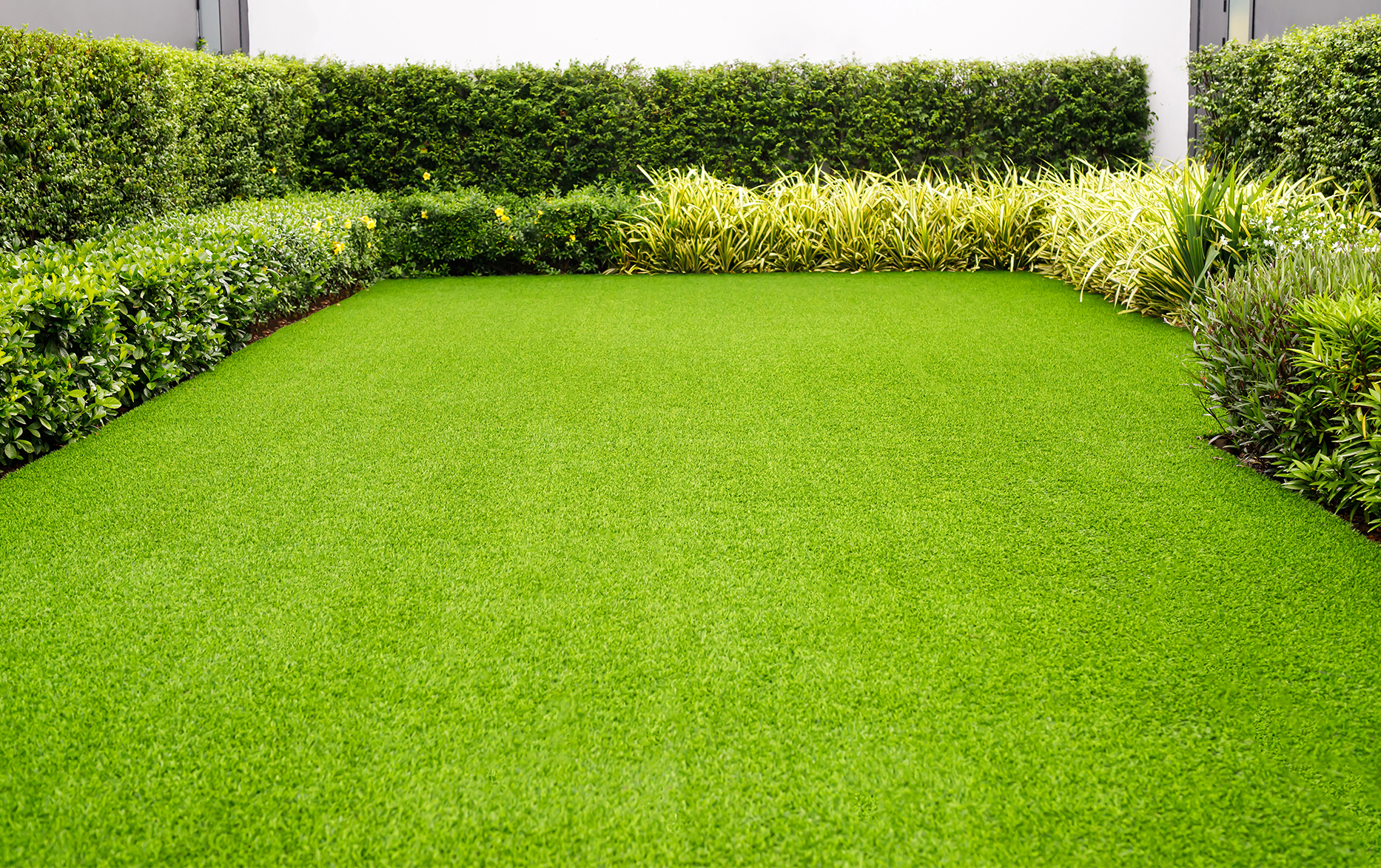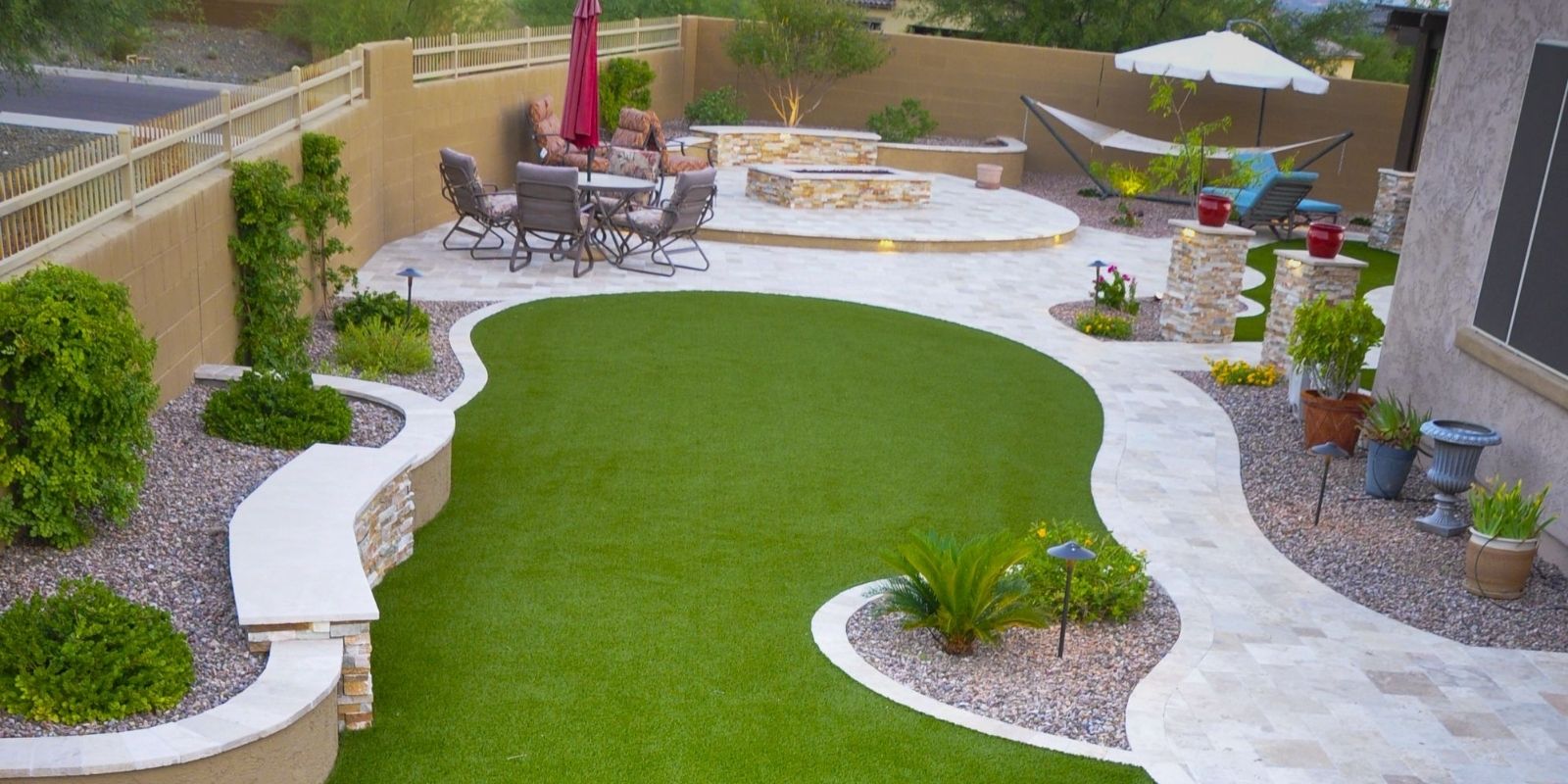Enjoy a Flawless Lawn with Arizona Artificial Turf for Any Outdoor Space
Enjoy a Flawless Lawn with Arizona Artificial Turf for Any Outdoor Space
Blog Article
Look Into the Environmental Advantages of Opting for Artificial Turf Solutions
The adoption of artificial lawn services provides a compelling opportunity to resolve pushing ecological obstacles. By dramatically minimizing water use and decreasing the application of damaging chemicals, these choices not just advertise lasting landscape design yet additionally protect neighborhood ecosystems.
Water Preservation Benefits
One of one of the most significant advantages of artificial turf is its ability to save water. Typical grass yards need substantial irrigation, especially in locations susceptible to drought or water limitations. In contrast, synthetic grass does not require watering, substantially reducing the total demand for water resources. This function is specifically useful in arid areas where water deficiency is a pushing concern.
By eliminating the need for routine watering, synthetic grass contributes to lasting landscape practices and aids alleviate the environmental effect of extreme water usage. Furthermore, the conservation of water encompasses the reduction of runoff, which can result in dirt disintegration and river air pollution.
Furthermore, the setup of artificial grass permits homeowners and towns to allot water sources a lot more efficiently, concentrating on necessary uses such as alcohol consumption water and farming. The change towards synthetic turf not only advertises accountable water usage yet also straightens with more comprehensive ecological goals focused on protecting all-natural resources.
As areas increasingly prioritize sustainability, the water conservation benefits of synthetic grass offer an engaging situation for its adoption in commercial and residential landscape design projects.
Decreased Chemical Usage
The transition to synthetic grass substantially reduces the reliance on chemical treatments commonly used in natural turf upkeep. Traditional turf monitoring generally includes the application of herbicides, pesticides, and plant foods to advertise development and control bugs. These chemicals can pose threats to human health and wellness, local wild animals, and the setting, contributing to dirt and water contamination.
On the other hand, artificial lawn gets rid of the need for these harmful compounds. Once set up, it needs marginal upkeep, largely including normal cleansing and seldom infill replenishment. This reduction in chemical usage not only benefits the instant atmosphere but likewise adds to broader environmental security. By decreasing the release of artificial compounds into the environment, synthetic grass advertises healthier soil and water systems.
Furthermore, the lack of chemical runoff connected with fabricated turf installments aids protect regional waterways from air pollution, sustaining marine life and maintaining biodiversity. Phoenix turf companies. As neighborhoods increasingly focus on sustainable techniques, choosing man-made turf offers a viable service that straightens with ecological conservation objectives. Via this change, homeowner can enjoy lavish environment-friendly spaces without compromising ecological health, paving the means for a much more sustainable future
Reduced Carbon Footprint

In addition, the setup of synthetic grass can result in substantial water preservation. All-natural lawns require considerable quantities of water for irrigation, which not just includes in the carbon footprint related to water extraction and treatment however additionally pressures neighborhood water resources. On the other hand, synthetic grass requires very little maintenance, calling for no watering, therefore considerably minimizing water usage and its linked power prices.
In addition, the longevity of synthetic grass adds to its reduced carbon effect. With a lifespan of approximately 15 years or more, the requirement for frequent replacements is reduced, leading to less waste and lower energy intake in manufacturing and taking care of typical yard options. In general, synthetic grass presents a sustainable option for ecologically conscious landscape design.
Environment Conservation
Environment conservation is an essential consideration in the dispute over landscape design selections, particularly when contrasting synthetic turf to all-natural lawn. Natural turf yards usually call for comprehensive maintenance, including using chemicals, fertilizers, and herbicides, which can negatively affect regional communities. These chemicals can leach into the dirt and rivers, damaging indigenous flora and fauna and interrupting local habitats.
Synthetic grass gets rid of the demand for unsafe chemicals, thus protecting neighboring wild animals and preserving the honesty of bordering ecosystems. The installment of fabricated lawn can lead to the conversion of former yard areas right into more biodiverse landscapes, such as pollinator yards or native plant locations, which can support neighborhood wild animals.
Ultimately, the change to synthetic grass not only preserves water and decreases upkeep efforts however also promotes an extra harmonious partnership between human tasks and the native environment, advertising environment conservation at the same time.
Long-Term Sustainability
Long-term sustainability is an important consider evaluating the benefits of synthetic grass over standard yard yards. One of one of the most significant benefits of synthetic grass is its durability; it can last as much as 15-20 years with marginal upkeep, whereas all-natural grass needs frequent reseeding and replacement. This long life lowers the need you can find out more for consistent sources, such as water, plant foods, and chemicals, which are crucial for preserving a healthy and balanced grass lawn.
Additionally, synthetic grass adds to a decrease in carbon emissions related to grass treatment equipment. Traditional lawns usually require gas-powered lawn mowers, leaners, and blowers, all this post of which contribute to air contamination. Arizona artificial turf. In contrast, synthetic grass gets rid of the demand for such equipment, advertising a cleaner environment
Additionally, the production of synthetic grass increasingly utilizes recycled materials, enhancing its sustainability profile. As makers take on environmentally friendly practices, the ecological footprint of synthetic grass continues to lessen.

Conclusion
The fostering of synthetic lawn options provides considerable environmental advantages, including considerable water preservation, minimized dependence on harmful chemicals, and a lower carbon impact. Man-made turf aids in preserving all-natural environments by lessening land disruption and advertising long-term sustainability with the usage of resilient products. Jointly, these elements underscore the capacity of fabricated grass to contribute favorably to environmental health and provide a viable alternative to traditional landscape design practices in an increasingly resource-conscious globe.
In contrast, fabricated lawn does not need watering, significantly reducing the general demand for This Site water sources. By minimizing the release of synthetic substances right into the ecosystem, synthetic grass advertises much healthier soil and water systems.
Moreover, the installment of fabricated turf can result in substantial water conservation. In contrast, artificial turf requires minimal maintenance, calling for no watering, consequently dramatically reducing water use and its connected power costs.

Report this page